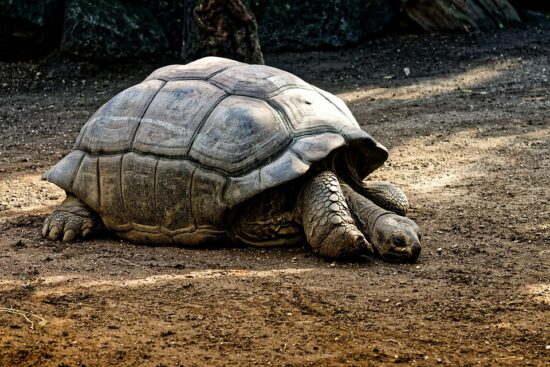Tracking antimicrobial resistance in giant tortoises
Giant tortoises living close to human settlements on the Galapagos Islands are more likely to harbour bacteria carrying multiple antimicrobial resistance genes (ARGs) than those living in more remote sites on the islands, researchers from the Charles Darwin Foundation have found.
Antimicrobial resistance (AMR) poses a significant and growing challenge to human and animal health worldwide. The repercussions of AMR are severe; as infections become more difficult and costly to treat, morbidity and mortality will increase, and the extra burden placed on health services and livestock production will have considerable economic consequences.
Free-ranging wildlife populations are an important but understudied component of the epidemiology of AMR, acting as reservoirs and potential vectors for microorganisms carrying ARGs.
Unlike many other wildlife species in the Galapagos, the habitats of giant tortoises commonly overlap with both farmland and urban areas, increasing the animals’ risk of exposure to ARGs carried by microorganisms infecting people and livestock. As giant tortoises migrate long distances, they could then spread those ARGs throughout the ecosystem.
AMR NEWS
Your Biweekly Source for Global AMR Insights!
Stay informed with the essential newsletter that brings together all the latest One Health news on antimicrobial resistance. Delivered straight to your inbox every two weeks, AMR NEWS provides a curated selection of international insights, key publications, and the latest updates in the fight against AMR.
Don’t miss out on staying ahead in the global AMR movement—subscribe now!







